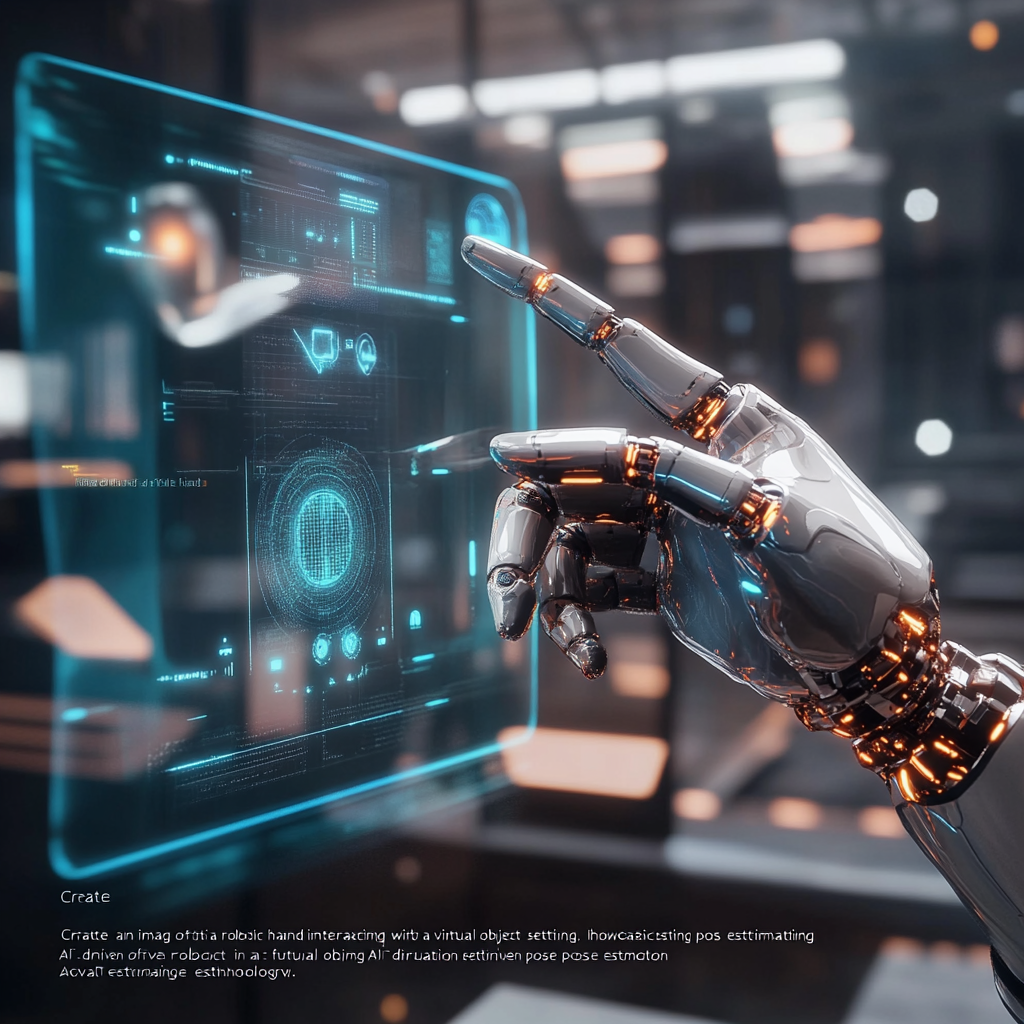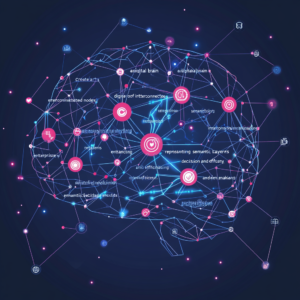
Study unveils AI-driven, real-time, hand-object pose estimation framework
Revolutionizing Interactions: AI-Driven Hand-Object Pose Estimation Unveiled
Picture this: a world where technology, like a reliable friend, intuitively grasps how we interact with objects around us. Well, it seems we’re inching ever closer to that wonderland with the birth of a revolutionary AI framework that can estimate the 3D poses of two hands working their magic on an object—right in the moment! Spearheaded by the inventive Professor Seungryul Baek from UNIST’s Artificial Intelligence Graduate School, this groundbreaking innovation opens up a treasure chest of possibilities for augmented reality (AR), virtual reality (VR), and the ever-evolving robotics landscape. Enter the Query-Optimized Real-Time Transformer, or QORT-Former for friends who prefer brevity. This nifty contraption doesn't just play in the big leagues; it shatters the norms of real-time AI by marrying efficiency with pinpoint accuracy.
Now, let’s talk turkey—one of the thorniest challenges in hand-object pose estimation is keeping track of those lively hand-object dances. When hands and objects play hide and seek, especially at breakneck speeds, traditional methods often crumble under the weight of their own computational burdens. They're like that one friend who insists on dragging an enormous suitcase on a day trip. But fear not! QORT-Former rises to the occasion, cleverly sidestepping these pitfalls with a groundbreaking query division strategy and a nifty three-step feature update mechanism nestled snugly in the transformer decoder. This clever design ensures that as hands glide and objects whizz, the interaction is captured with a level of precision that would make even the most finicky engineer blush—all while being kind on computational resources.
Now, let’s get to the meat of the matter. QORT-Former doesn’t just play around; it flaunts an astounding capability, clocking in at an eye-watering 53.5 frames per second on the mighty RTX 3090 Ti GPU. That's faster than your average cat video on the internet! This remarkable performance levels up applications in AR and VR, transforming them into realms that are not only immersive but also responsive to the user’s every flick of the wrist. And let’s not forget robotics—this research heralds a new dawn where machines can deftly handle objects with the finesse of a human hand. Talk about an unending supply of mind-bending possibilities!
So, what sets QORT-Former apart from its predecessors? Well, let’s break it down like a schoolyard brawl:
-
Efficiency: Traditional methods? They often require a small army of computational power. QORT-Former laughs in the face of such constraints, achieving real-time performance with a mere handful of resources. It limits its queries and decoders to just 108 queries and one decoder—keeping it light yet power-packed.
-
Accuracy: This framework doesn’t just participate; it plays to win. Surpassing state-of-the-art metrics across various benchmarks like the H2O and FPHA datasets, it demonstrates the kind of accuracy that lends itself well to even the most intricate interaction scenarios. No half-measures here!
-
Real-Time Applications: Think about it! The breadth of real-time applications is staggering. Not only can it elevate user interactions in AR and VR, but it can also boost robotic task execution and unravel insights into the intricacies of human hand-object interactions which could be an absolute goldmine for cognitive science research.
Let’s gaze into the crystal ball of what the future might hold. The birth of QORT-Former is not just a flash in the pan; it symbolizes a monumental leap in the realm of AI-driven pose estimation. As technology gallops forward, one can certainly expect broader adoption of such frameworks across myriad industries. Picture healthcare—understanding those all-important hand-object interactions could pave the way for assistive technologies that embody kindness and adaptability for those with motor impairments. Meanwhile, in the hectic world of manufacturing, refined robotic capabilities could turbocharge efficiency and elevate safety protocols across production lines.
And that’s not all! The potential for education is nothing short of breathtaking. Imagine a world where real-time analysis of hand gestures allows us to teach complex motor skills in an engaging and tailored manner. The teaching landscape would be flipped on its head, bringing interactions to life and ensuring students don’t just mimic movements but understand them deeply, thereby opening new avenues for inquiry in cognitive sciences. Grasping human interactions at such a detail-rich level could yield fascinating insights into cognitive processes and behavioral patterns.
As we stand on the brink of an AI revolution, absorbing the latest innovations is imperative. QORT-Former is but an exciting beginning with a vast horizon of advancements looming ahead. Want to stay up to date with the latest news on neural networks and automation? Subscribe to our Telegram channel: @channel_neirotoken.
In this thrilling expedition, it is our collective curiosity that will determine how the technologies of today shape the lives of tomorrow. Buckle up; it's going to be one exciting ride!

